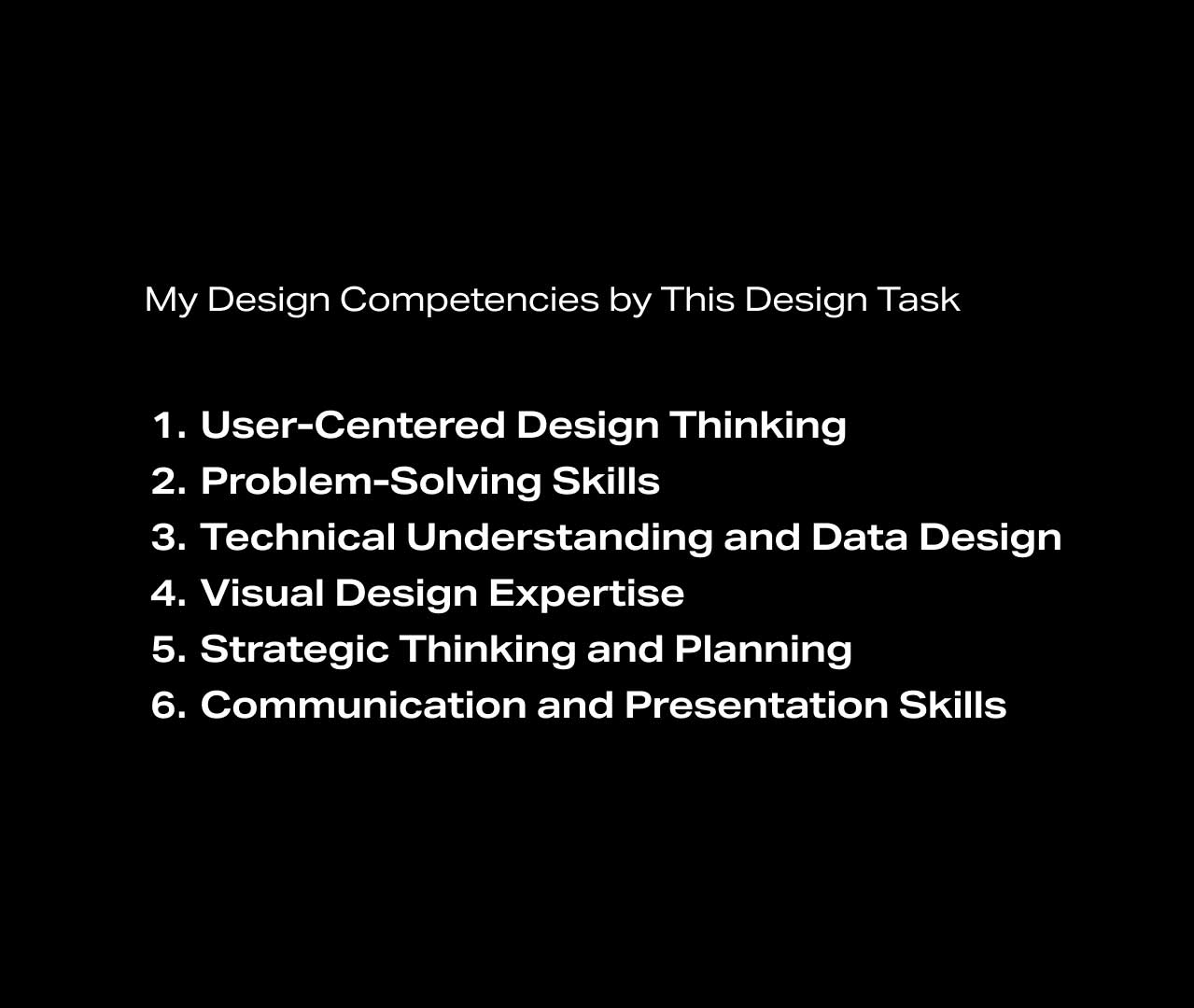UX&UI / 2024
Designing for Streamlined and Intuitive Customer-Facing Quote Request Experience
Responsibilities: UX Design, UI Design & Interaction Design
The Challenge
Vahterus‘ heat exchangers are custom-made to fit specific customer requirements, without a standard catalogue. They design these units based on the application, performance needs, and integration dimensions, relying on customer-provided specifications. However, obtaining complete information often involves time-consuming back-and-forth communication. They want to work on reducing this inefficiency and improving the customer experience by streamlining the information-gathering process.
Design Processes
I’ve tackled this challenge through four key aspects: User Understanding, Problem Analysis & Solving, Data Design, and Visual Design.
- User Understanding: empathizing with their customers and sales team, identifying their needs, frustrations, and goals.
- Problem Analysis & Solving: dissecting the quote request process to pinpoint inefficiencies and areas for improvement.
- Data Design: designing an intuitive and guided form for quote requests to ensure that customers provide all necessary information upfront.
- Visual Design: creating a visually appealing, user-friendly design that encourages interaction and simplifies the process of submitting a complete quote request.
#User Understanding
From Where We Study Our Users
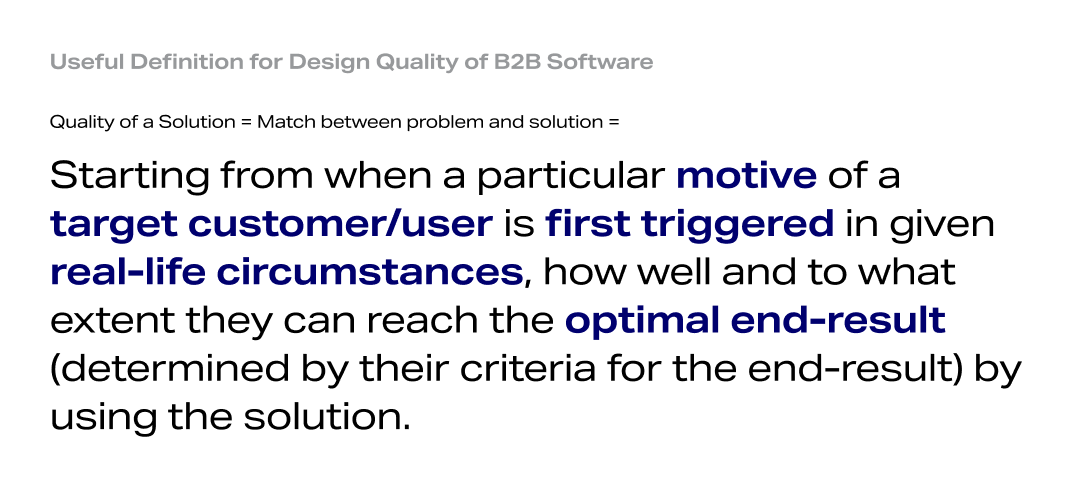
JTBD Analysis – Distributors (External Users)
An end customer’s HVAC system has failed
A request from a commercial building manager to replace HVAC systems
Fulfill Customer Needs & Competitive Pricing
Accurate and Timely Quotes & High-Quality Product
Criteria for the End Results
Specification Match, Cost-Effectiveness, Timeliness, and Energy Efficiency

JTBD Analysis – Sales Engineers (Internal Users)
The demand for HVAC systems is high, requiring quicker turnaround times.
Quote Request Received & Project Specification Changes
Efficient Process Management & Customer Satisfaction
Accurate and Timely Quotes & High-Quality Product
Criteria for the End Results
Accuracy, Efficiency, and Customer Approval
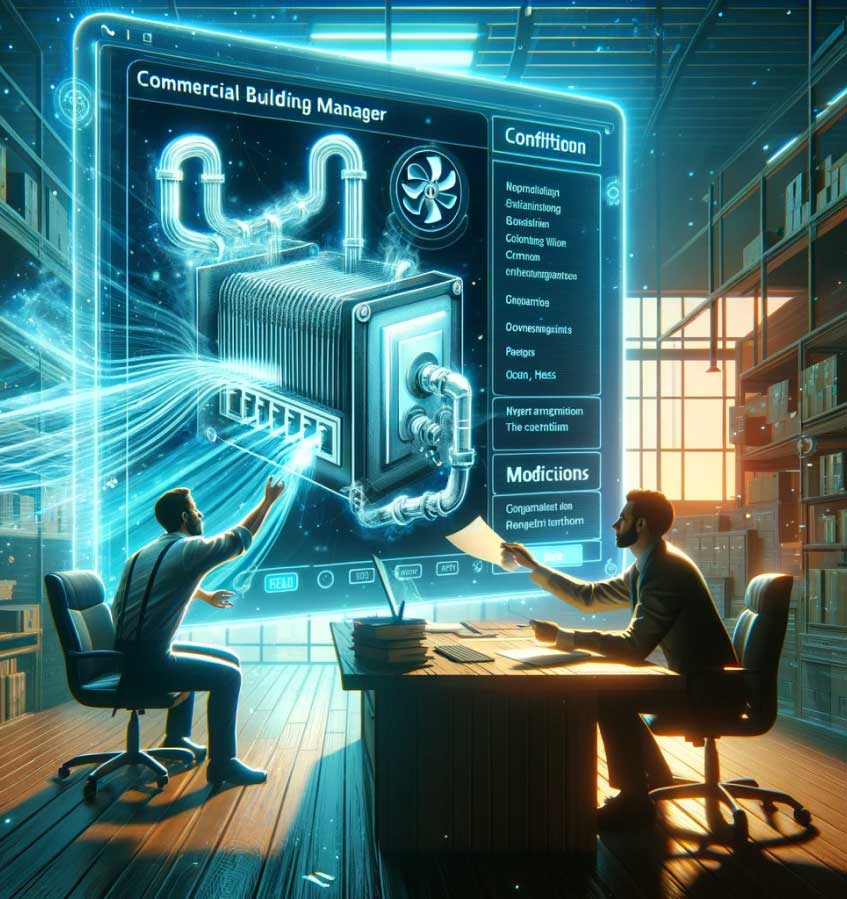
#Problem Analysis & Solving
What customers really want
Distributors encounter significant challenges when replacing or upgrading heat exchangers due to the inefficiencies inherent in the current email-based quotation system. This method often leads to delayed responses to quote requests, prompting some to suggest that the solution lies in accelerating these responses or minimizing the need for extensive communication.
However, the question arises: Should our focus merely be on expediting responses, or should we aim to revolutionize the communication process itself?

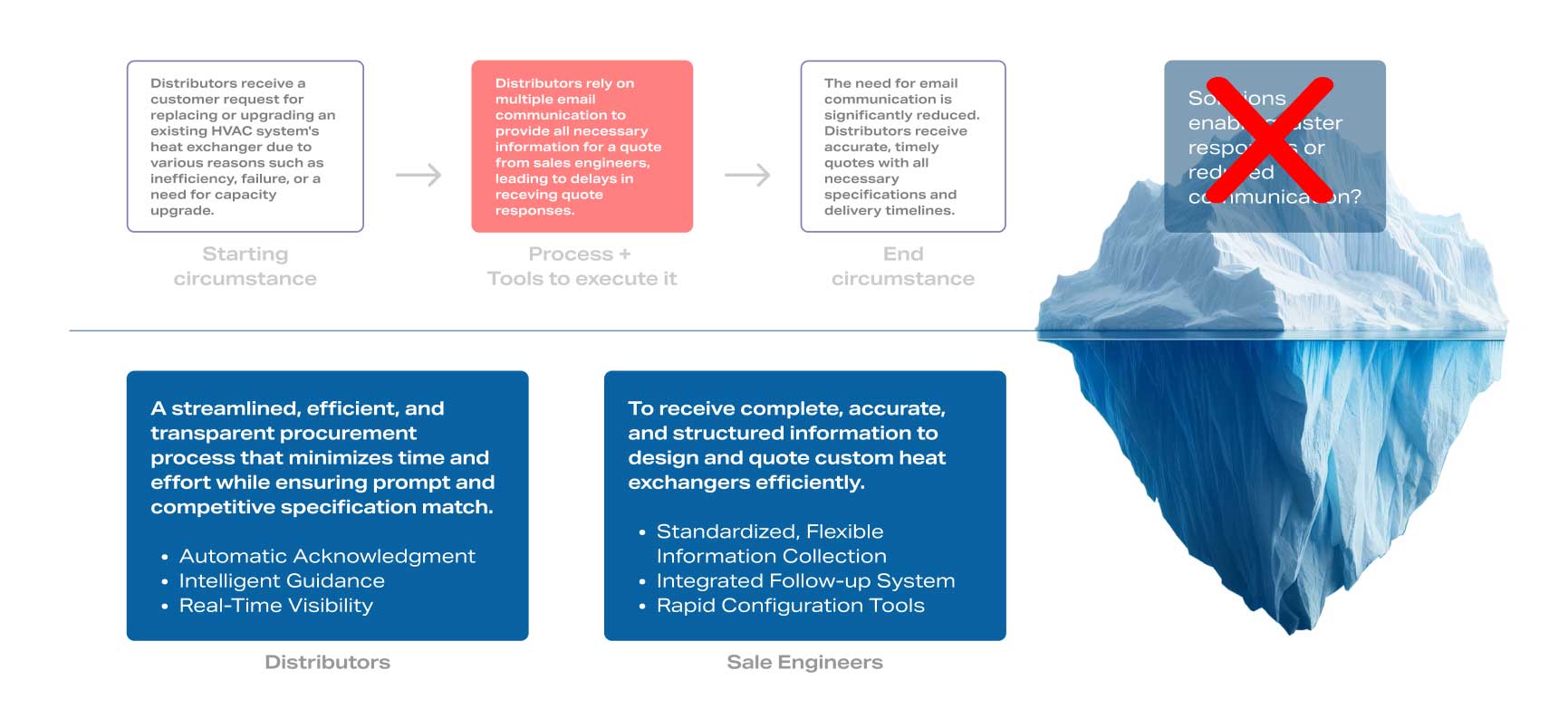
Proposed Solutions
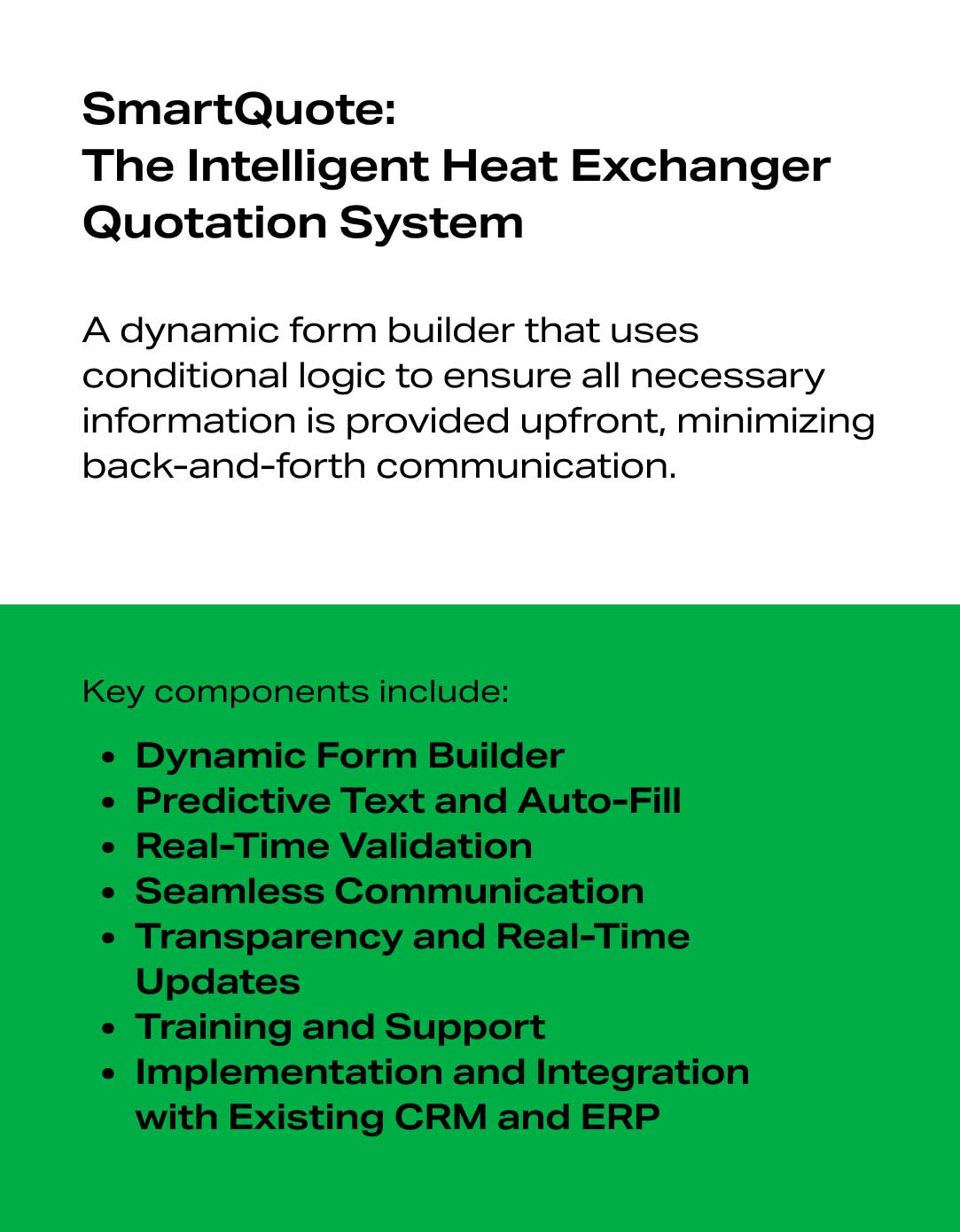
Proposed Customer Journey
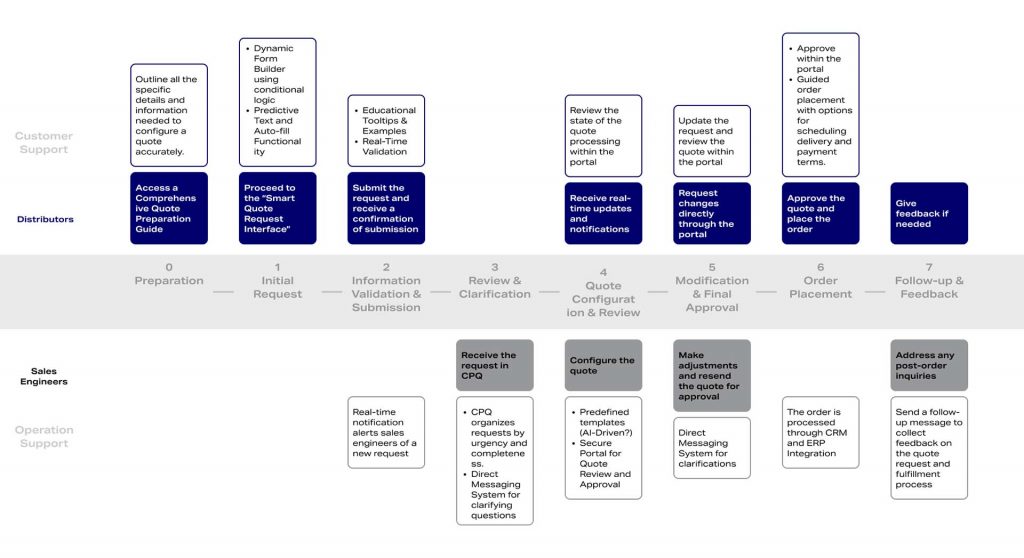
Within the Request Interface, our distributors will experience a dynamic pathway, enriched with predictive text functionalities to enhance accuracy and facilitate ease of use. This stage is complemented by real-time validation features, which significantly reduce the likelihood of errors during the Information Validation and Submission phase. Our dedicated sales engineers are immediately available to engage with the submitted requests, marking the beginning of the Sales Engineer Review and Clarification stage. This phase is crucial for streamlining the process, where organized request handling and direct messaging capabilities expedite clarifications.
Why the Proposed Customer Journey is Better
This approach fosters direct and streamlined communication, supported by a centralized system for information management. It significantly improves the user experience through the implementation of intuitive and clear processes, designed with the needs of distributors and sales engineers in mind, thereby facilitating the execution of intricate tasks.
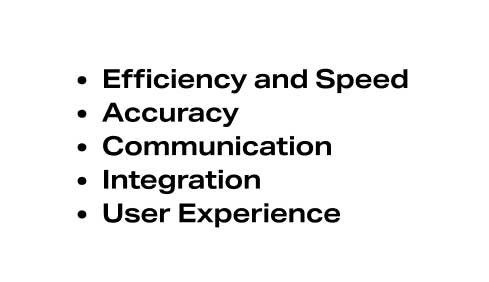
#Data Design
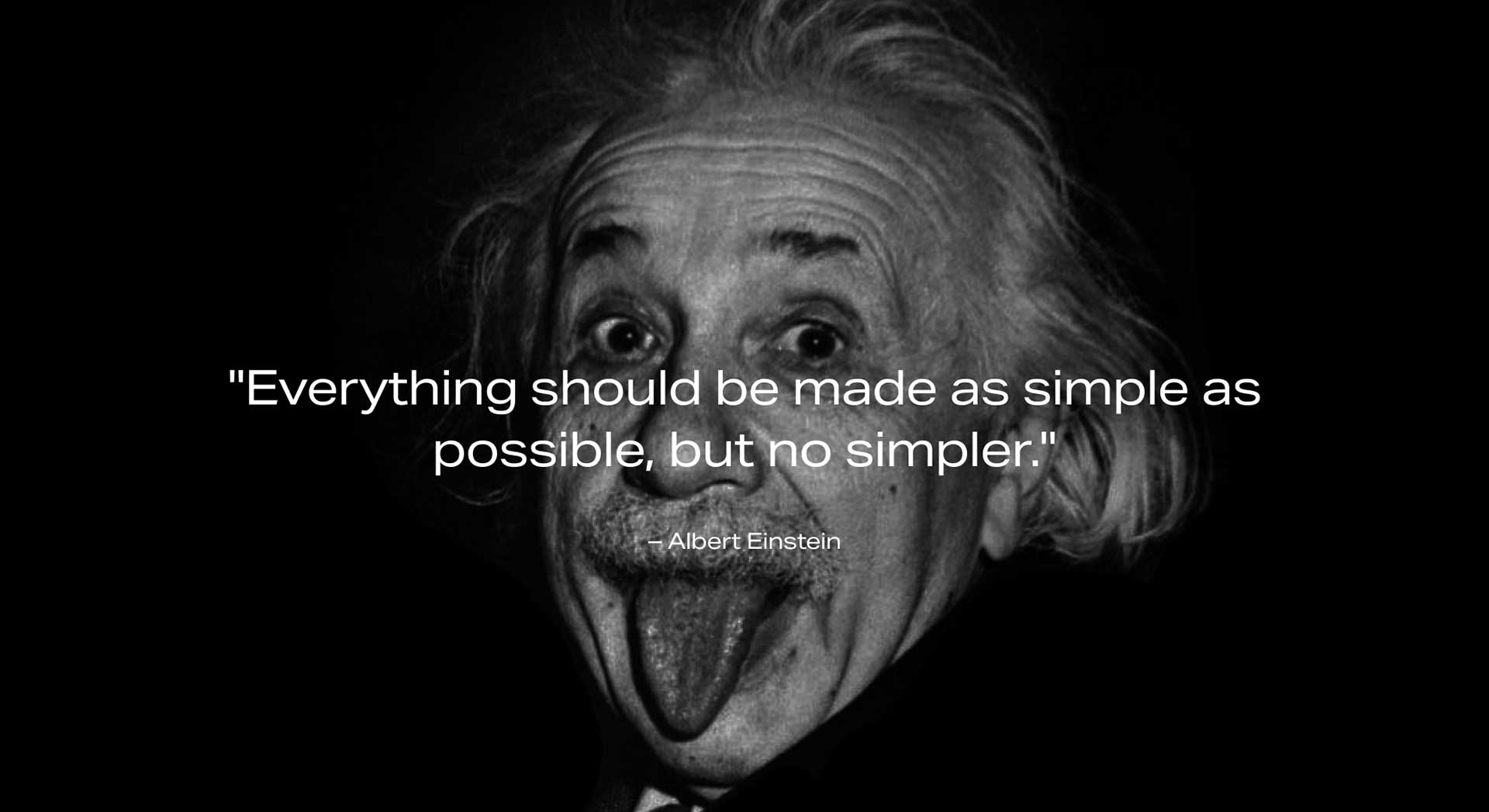
Data Design Strategy
We need to reduce complexity in data design to clarity, understandability, and accurate data entry.
The goal is to make the data entry process intuitive, and easy to navigate, reduce errors, and streamline the configuration process for both sales engineers and distributors.
How to Design with the Following Data
Utilizing this design strategy, we will now explore my methodical approach to streamlining the data collection process necessary for generating a quote.
This approach fosters direct and streamlined communication, supported by a centralized system for information management. It significantly improves the user experience through the implementation of intuitive and clear processes, designed with the needs of distributors and sales engineers in mind, thereby facilitating the execution of intricate tasks.
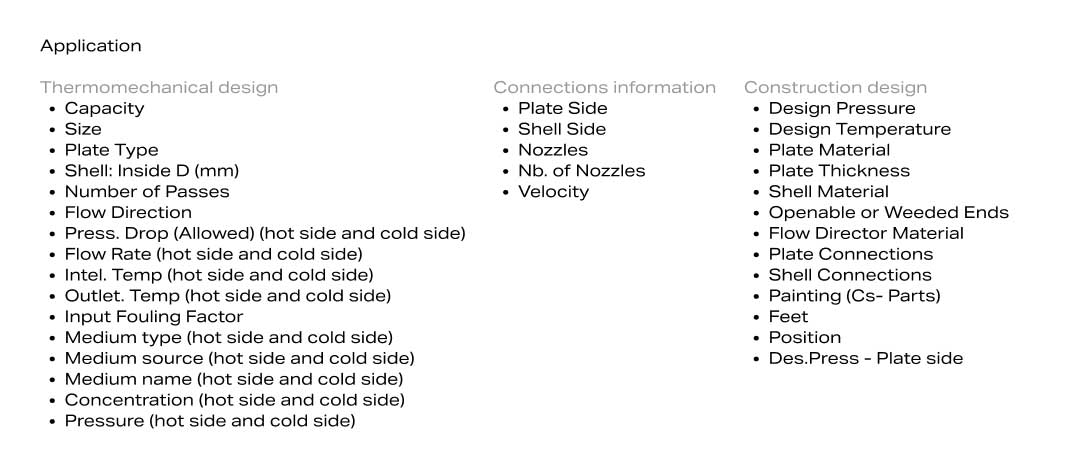
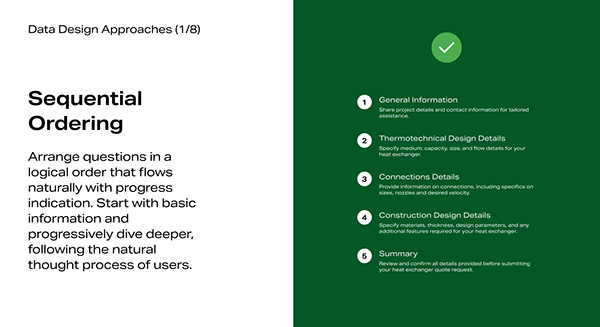
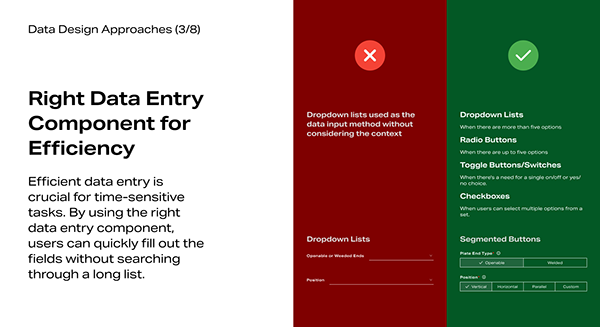
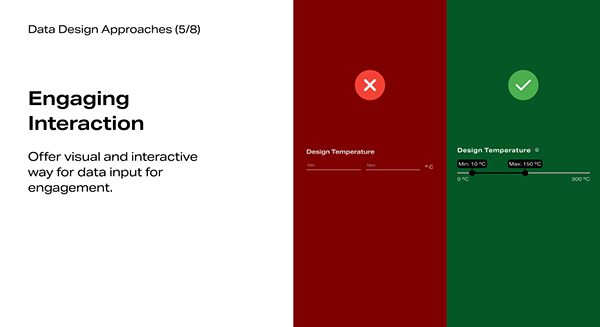
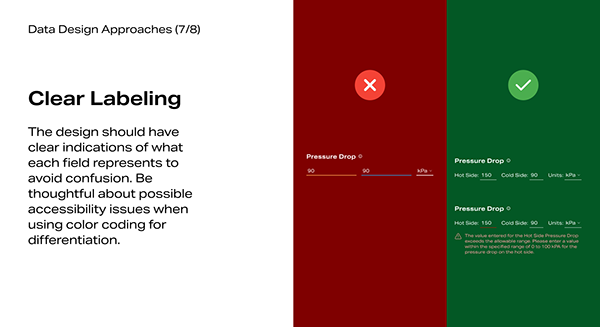
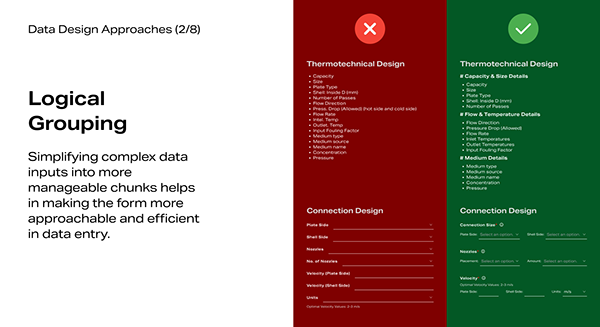
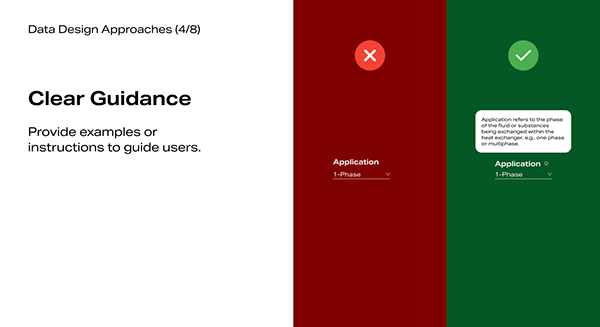
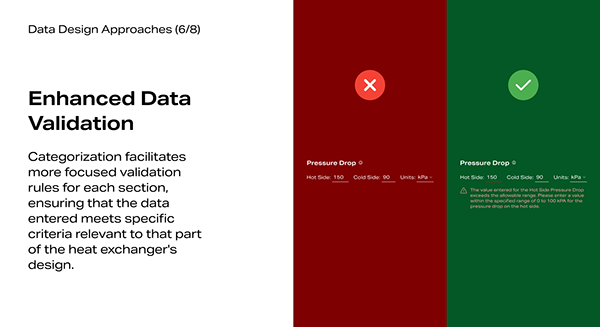
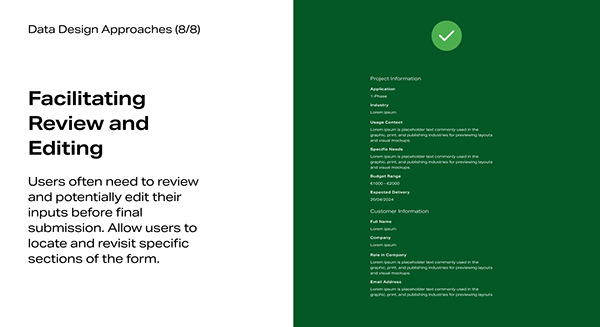
#Visual Design








How the New Design Affects the Internal Tool
The redesigned tool introduces a comprehensive dashboard, categorizing incoming quote requests into new, in-progress, and archived, streamlining status updates and processing. It includes specific pages for different request stages, improving workflow management and allowing sales engineers to prioritize tasks efficiently, thus speeding up the quote-to-approval process.
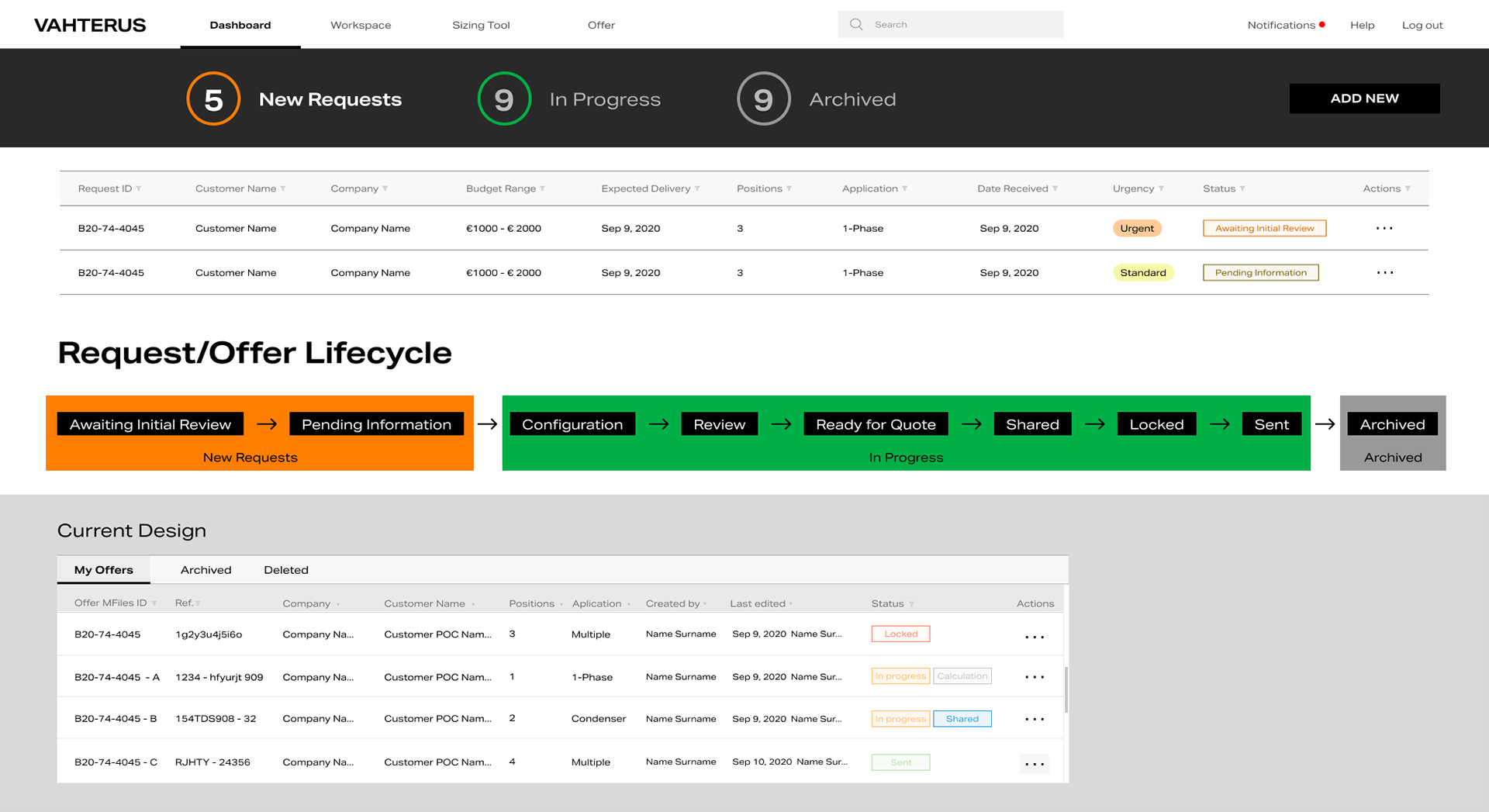
The request lifecycle has been refined for greater transparency and efficiency, with stages like Initial Review and Configuration leading to a Sent or Archived status. An added urgency column helps prioritize requests, ensuring prompt attention to critical tasks.
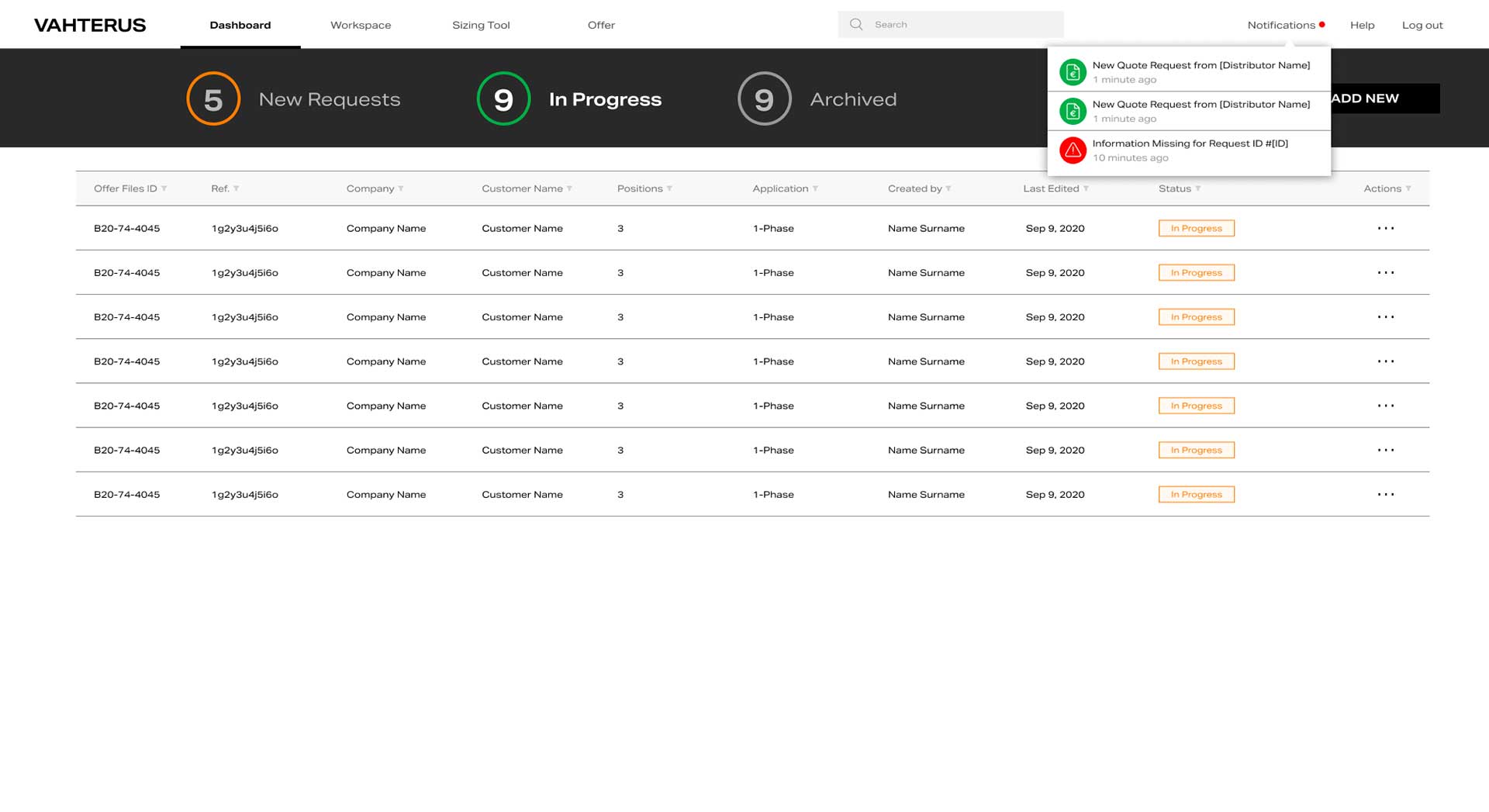
Additionally, the tool now features proactive, intelligent notifications for new submissions or incomplete information, eliminating delays. A detail panel previews requests, highlighting any missing information and offering actionable steps for engineers to quickly address, improving response times and workflow efficiency.
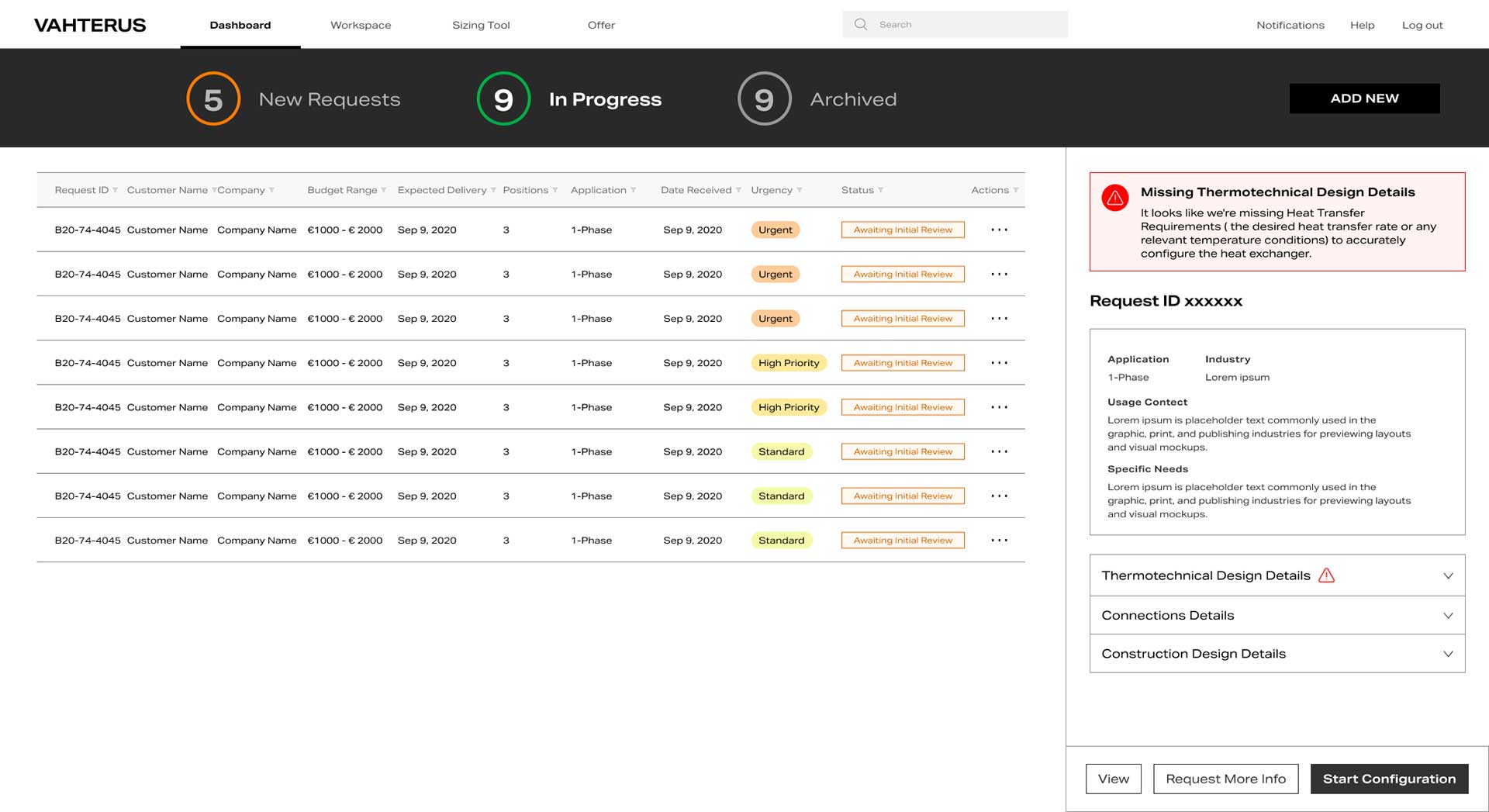
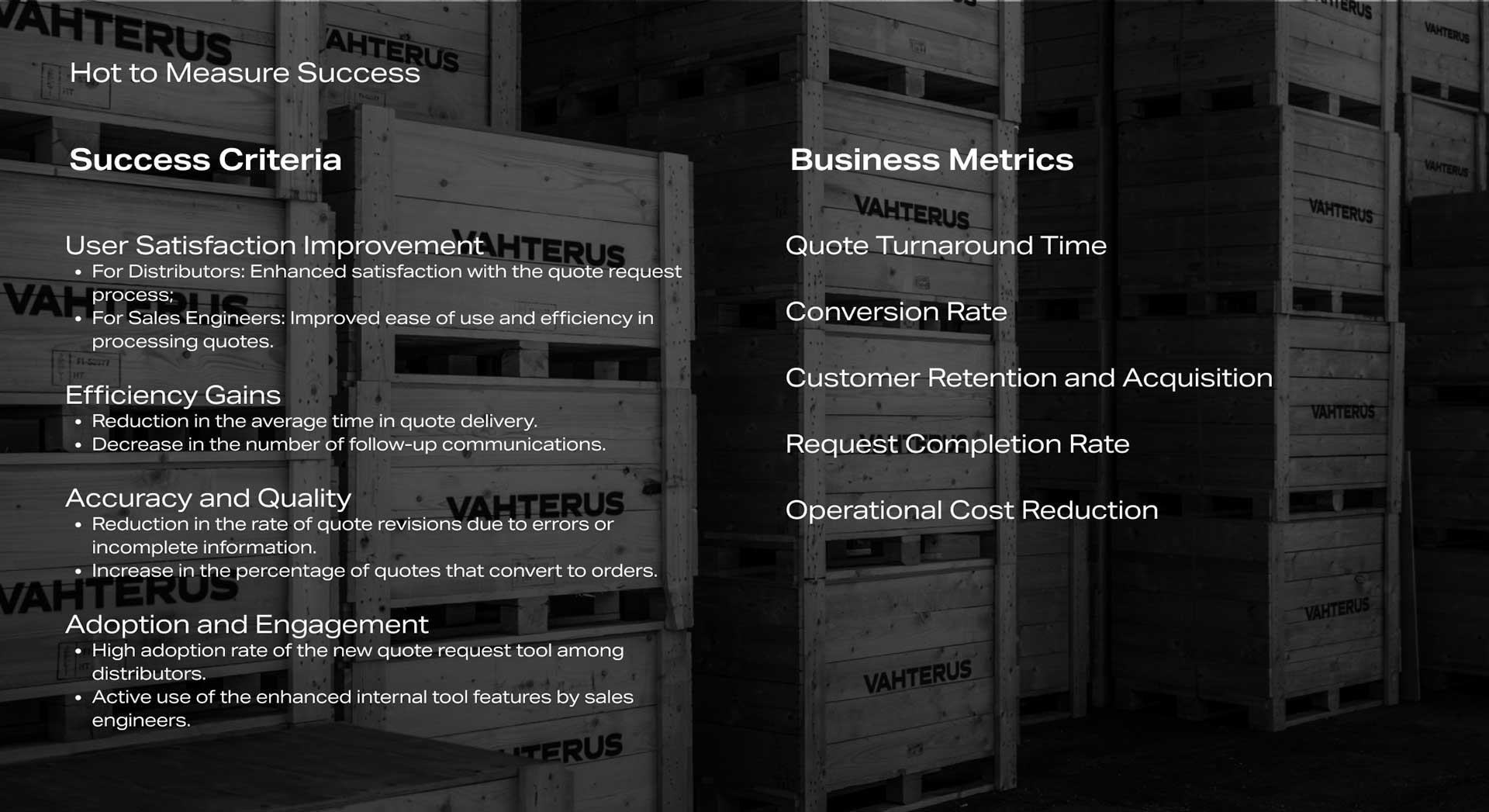
#Reflection
What You Can Learn About Me via This Case
Moreover, my expertise in visual design played a pivotal role in ensuring the system’s functionality was complemented by an intuitive and engaging user interface, thereby elevating the overall user experience. Strategic thinking and meticulous planning were essential as I led the system’s design phase and its subsequent integration with existing CRM and ERP platforms, enhancing both scalability and operational efficiency.
Crucial to this endeavor was my ability to communicate and present complex processes, challenges, solutions, and their respective benefits to stakeholders. This ensured not only alignment across departments but also advocated effectively for the needs of the users.
